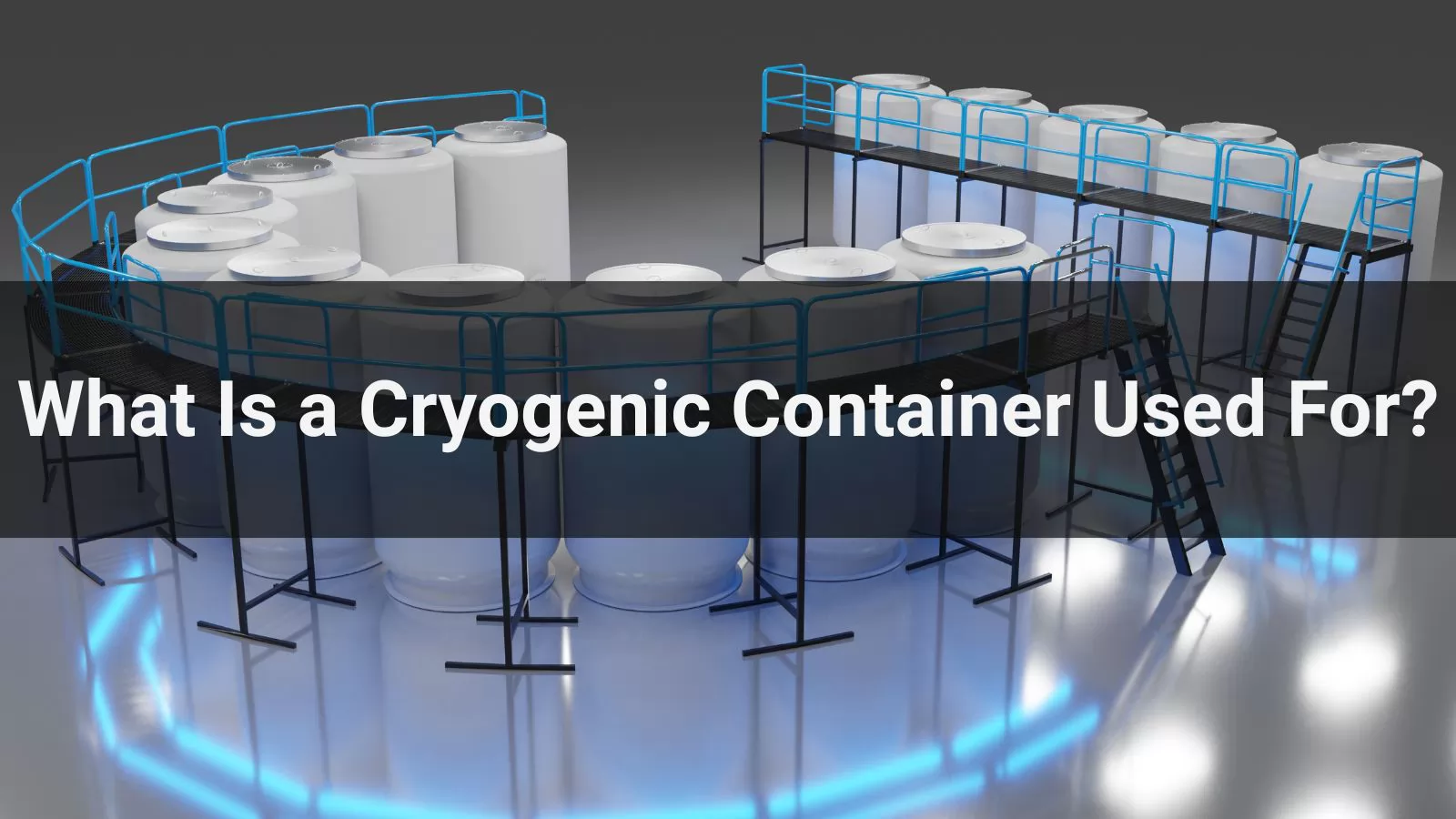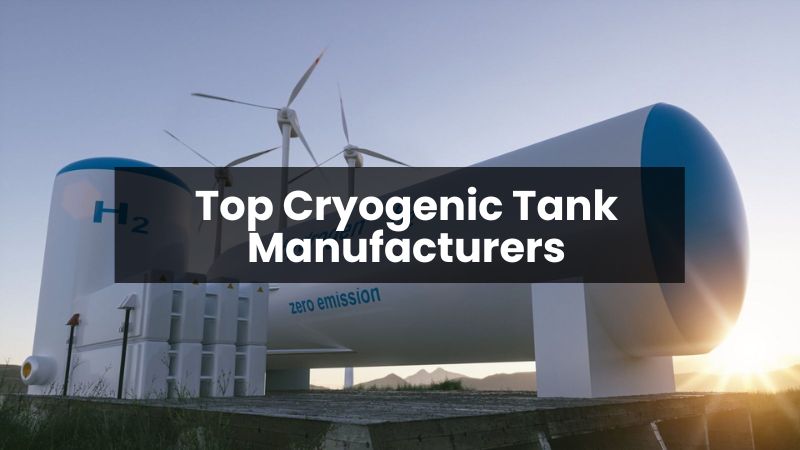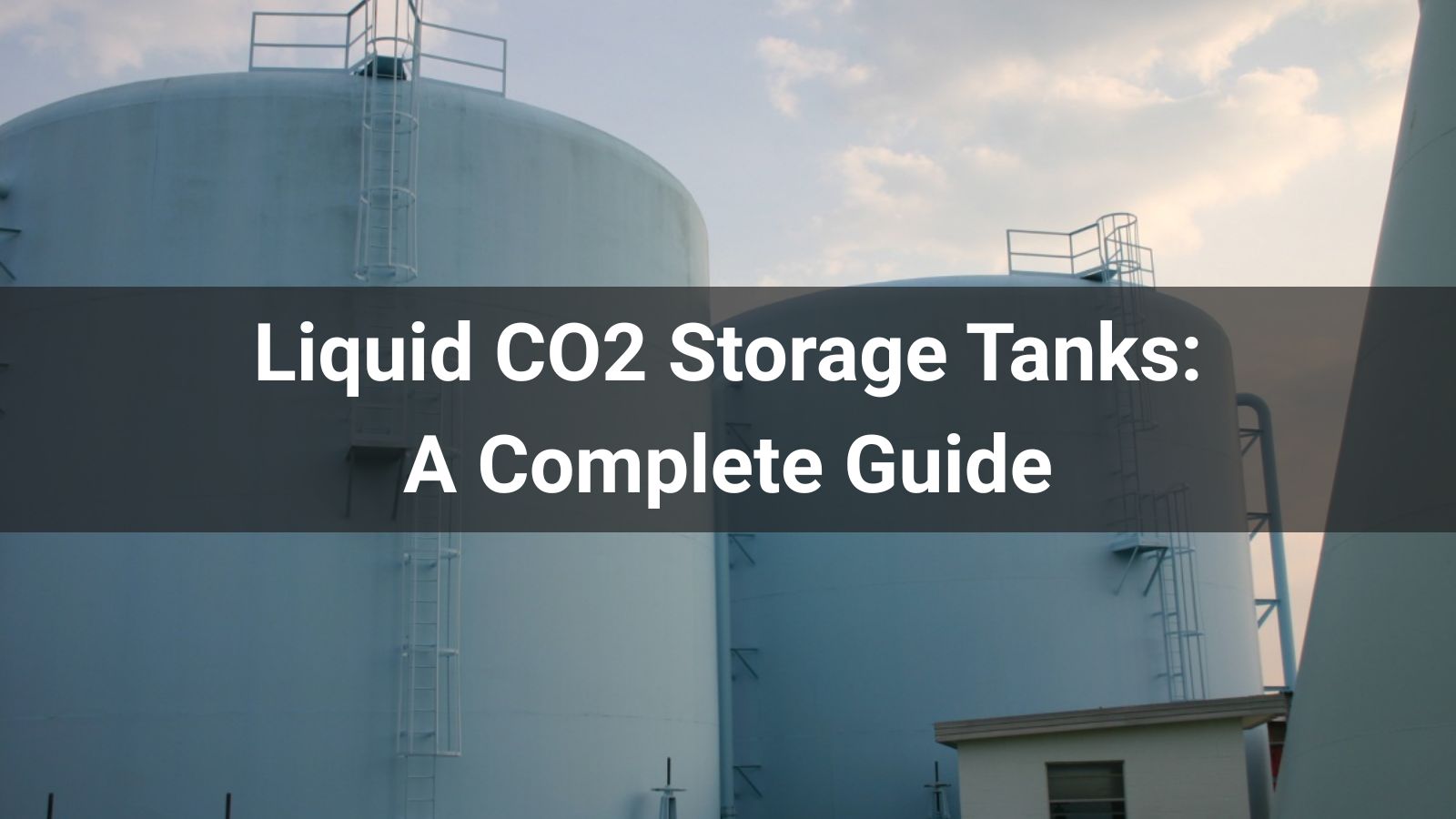






Cryogenic containers are specialized vessels designed to safely store and transport liquefied gases at extremely low temperatures, often below -150°C (-238°F). They are indispensable across industries ranging from healthcare and energy to space exploration and advanced manufacturing. This comprehensive guide explains what a cryogenic container is used for, how it works, the main types, safety standards, and why choosing the right container is crucial for operational efficiency.
A cryogenic container—sometimes called a cryogenic tank or dewar—is a pressure-insulated vessel engineered to store and transport gases in their liquefied state at ultra-low temperatures. Common stored gases include liquid nitrogen (LN2), liquid oxygen (LOX), liquid argon (LAr), liquefied natural gas (LNG), and liquid helium (LHe).
These containers are designed to prevent heat transfer from the environment, minimizing evaporation and maintaining the gas in its liquid form for extended periods. Depending on their design, they can be portable (small dewars) or large stationary tanks capable of holding thousands of liters.
Cryogenic containers rely on a combination of vacuum insulation, multilayer reflective barriers, and durable outer shells to minimize heat ingress. The basic principle is similar to a thermos flask but scaled up for industrial use. Some containers also integrate pressure relief valves and vapor-return lines to maintain stability and prevent overpressure incidents.
In healthcare, cryogenic containers are critical for preserving biological materials and enabling life-saving procedures. Examples include:
Hospitals often use liquid cylinders for medical-grade oxygen and nitrogen storage, ensuring a stable supply during critical operations.
In manufacturing, cryogenic containers support diverse processes:
Many factories use portable ISO tanks for easy on-site delivery of cryogenic gases.
One of the largest applications of cryogenic containers is in energy, especially LNG. By cooling natural gas to -162°C, its volume is reduced by about 600 times, enabling cost-effective shipping and storage. Cryogenic LNG tanks are used in:
Cryo-Tech manufactures LNG storage tanks designed to meet international standards like ASME and ISO, ensuring safety during long-distance transport.
From particle physics to satellite launches, cryogenic containers enable research that pushes the limits of science:
In agriculture and animal science, cryogenic storage ensures genetic preservation and improves breeding efficiency:
The main types include:
Due to the hazards of cryogenic liquids (asphyxiation, frostbite, pressure build-up), containers must comply with standards such as:
Best practices include regular inspection, proper PPE use, and operator training.
Key considerations:
With decades of expertise, Cryo-Tech delivers custom cryogenic solutions to industries worldwide. Their portfolio includes LNG tanks, ISO tanks, liquid cylinders, and specialty dewars, all designed to meet stringent international standards. Customers benefit from:
Innovations in insulation materials, smart sensors, and energy recovery systems will make cryogenic containers more efficient, portable, and environmentally friendly. The rise of hydrogen energy will further increase demand for cryogenic infrastructure.
Cryogenic containers are vital to modern life, enabling medical breakthroughs, clean energy transport, and groundbreaking research. Understanding what a cryogenic container is used for helps industries choose the right solutions for safety, efficiency, and performance. With companies like Cryo-Tech leading the way, the future of cryogenic applications looks both promising and sustainable.



![Top 10 Cryogenic Companies in USA[2025 Updated]](/statics/images/right.png)
![Top 10 Cryogenic Companies in USA[2025 Updated]](/uploads/202508/bannerlist_1756363009_WNo_800d450.jpg)



